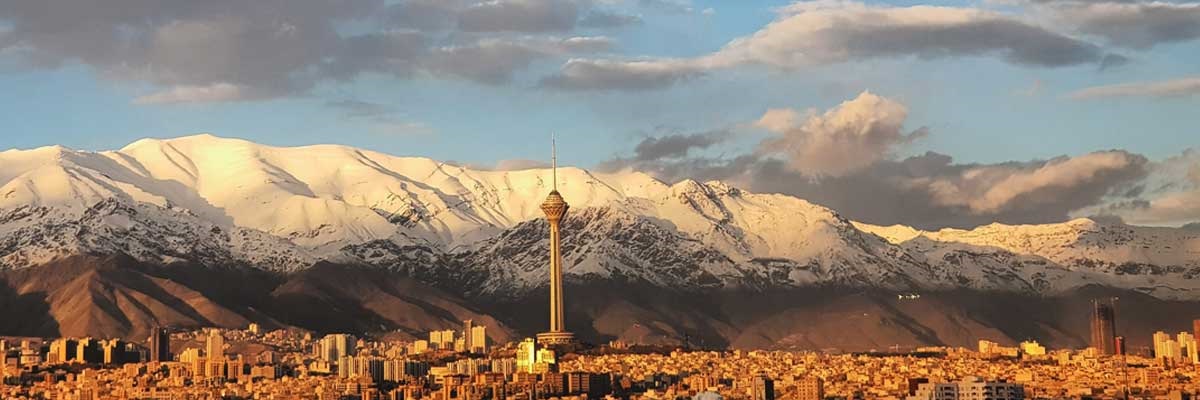
Tehran
Being the capital of Iran for more than couple of centuries, Tehran is a paradoxical coexistence of modernity and tradition, continuity and change, the poor and the rich, luxury and routine, peaceful enjoyable moments and irritating crowded places, and the floating life and the dead non-used houses. Being a wonder, Tehran is a great embodiment of life having all ups and downs together. The wonders, surprises, and irritations altogether await you in this city.
One of the remarkable features of Tehran is its dramatic topography since it is located right at the foot of Alborz Mountain Range. To Iranians, Tehran is a growing city and due to its cutting-edge developments, a large number of people are migrating from other cities to Tehran to fight against the dearth of job opportunities.
Destinations
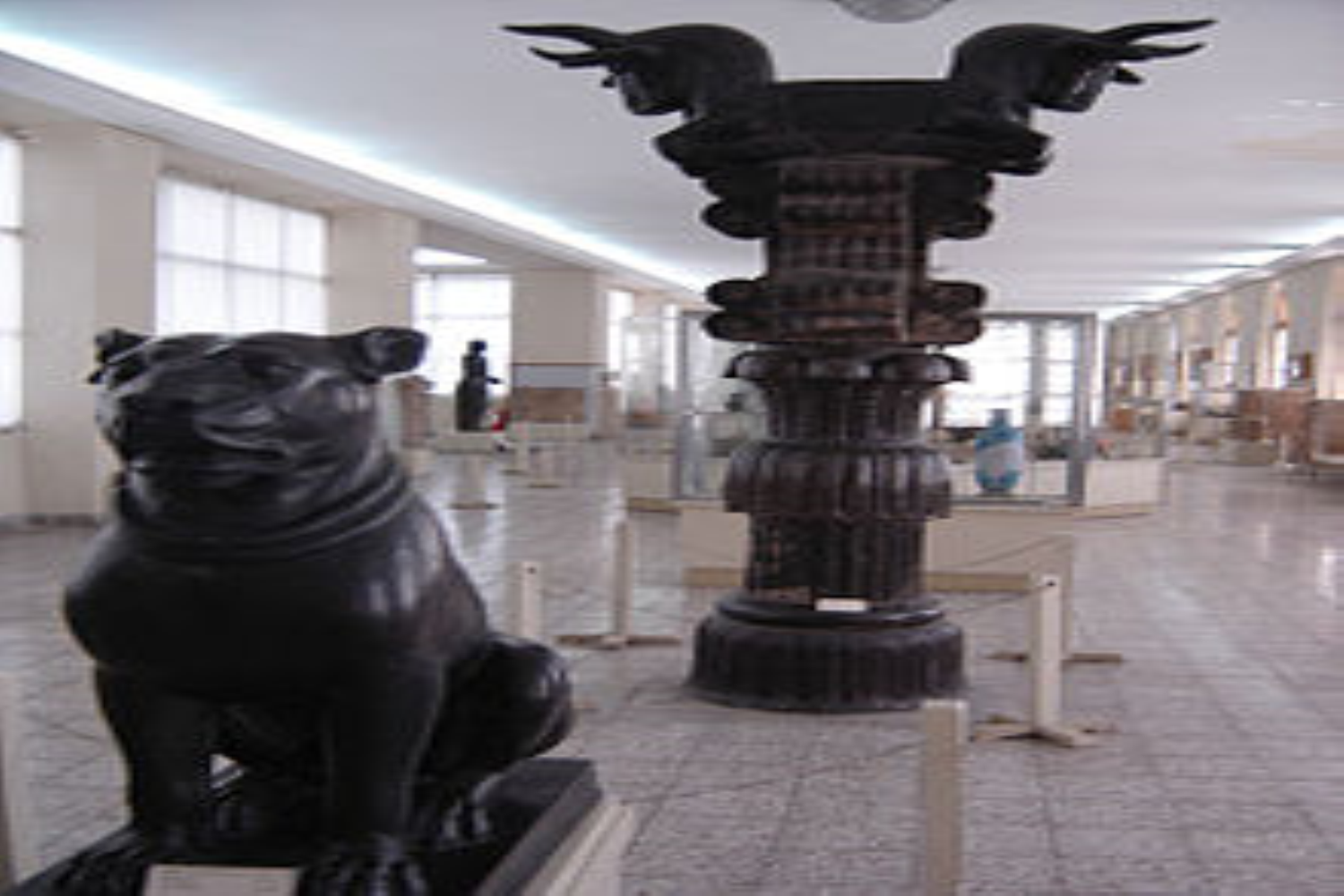
National Museum of Iran
National Museum of Iran is a state museum under the auspices of the Ministry of Cultural Heritage, Tourism, and Handicrafts. The Museum consists of the Iran Bastan Museum (Ancient Iran) and the Museum of Islamic Archaeology and Art of Iran, as well as eight research departments, the conservation department, the library and the archives. The research departments are organized by specific archaeological and historical periods and topics. This Museum houses the largest collections of archaeological objects in the country.
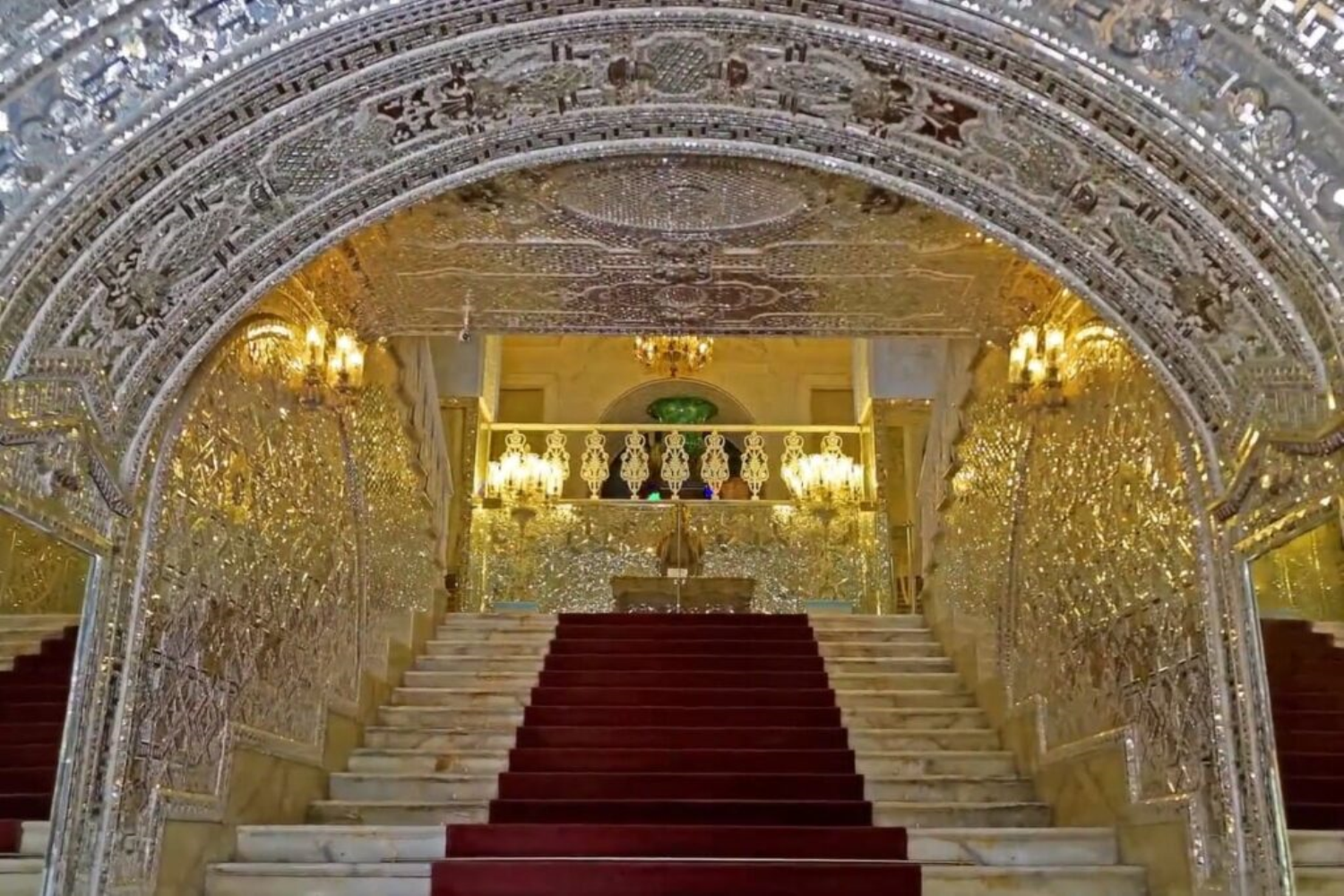
Golestan Palace
The lavish Golestan Palace is a masterpiece of the Qajar era, embodying the successful integration of earlier Persian crafts and architecture with Western influences. The walled Palace, one of the oldest groups of buildings in Teheran, became the seat of government of the Qajar family, which came into power in 1779 and made Teheran the capital of the country. Built around a garden featuring pools as well as planted areas, the Palace’s most characteristic features and rich ornaments date from the 19th century. It became a centre of Qajari arts and architecture of which it is an outstanding example and has remained a source of inspiration for Iranian artists and architects to this day. It represents a new style incorporating traditional Persian arts and crafts and elements of 18th century architecture and technology.

Niavaran Palace
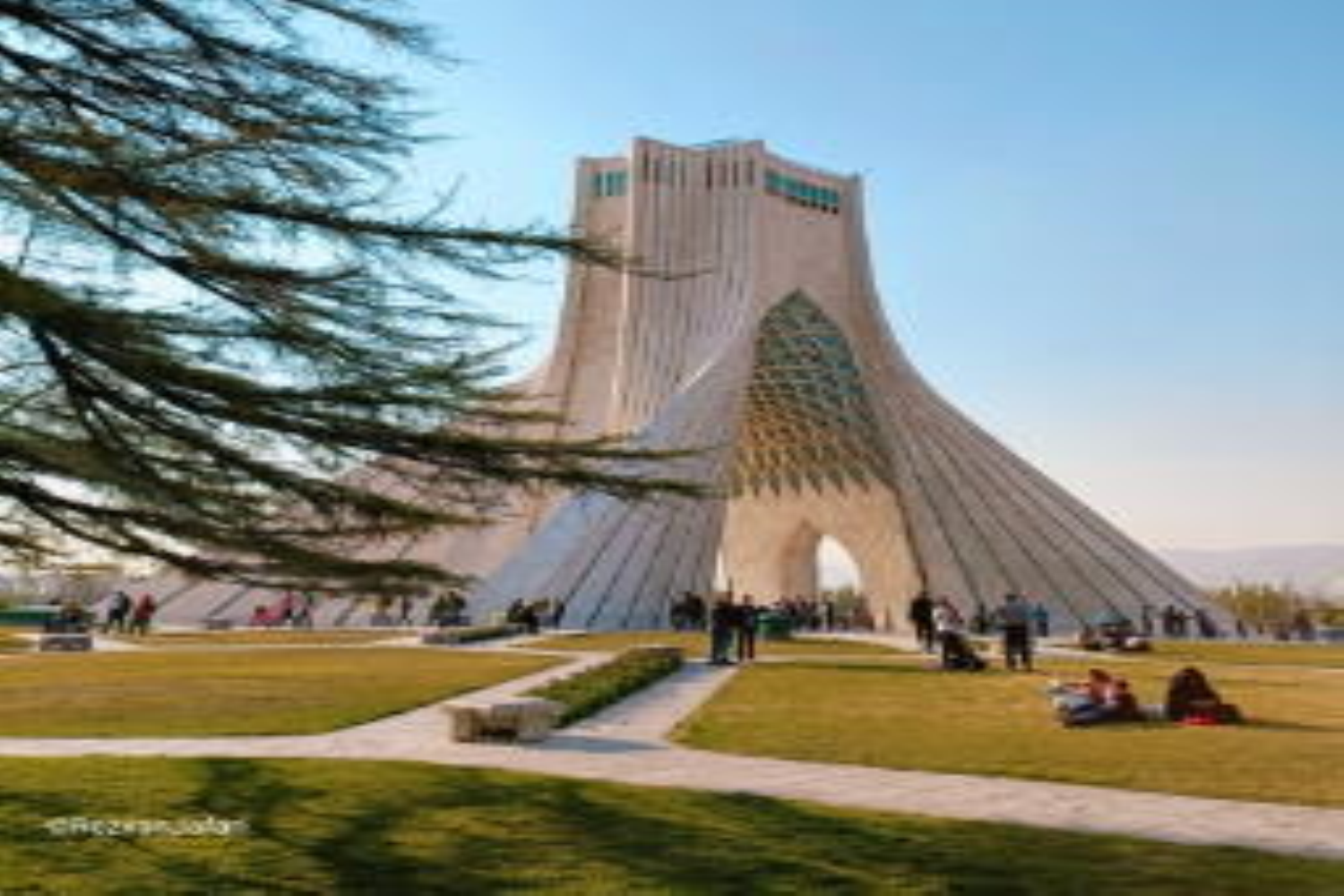
Azadi Tawer
The Azadi Tower , formerly known as the Shahyad Tower, is a monument on Azadi Square in Tehran, Iran. It is one of the landmarks of Tehran, marking the west entrance to the city, and is part of the Azadi Cultural Complex, which also includes an underground museum.

Murals of former USA embassy
The Embassy of the United States of America in Tehran (Persian: سفارت آمریکا در تهران) was the American diplomatic mission in the Imperial State of Iran. Direct bilateral diplomatic relations between the two governments were severed following the Iranian Revolution in 1979, and the subsequent seizure of the embassy in November 1979.

Cinema Museum

Milad Tawer
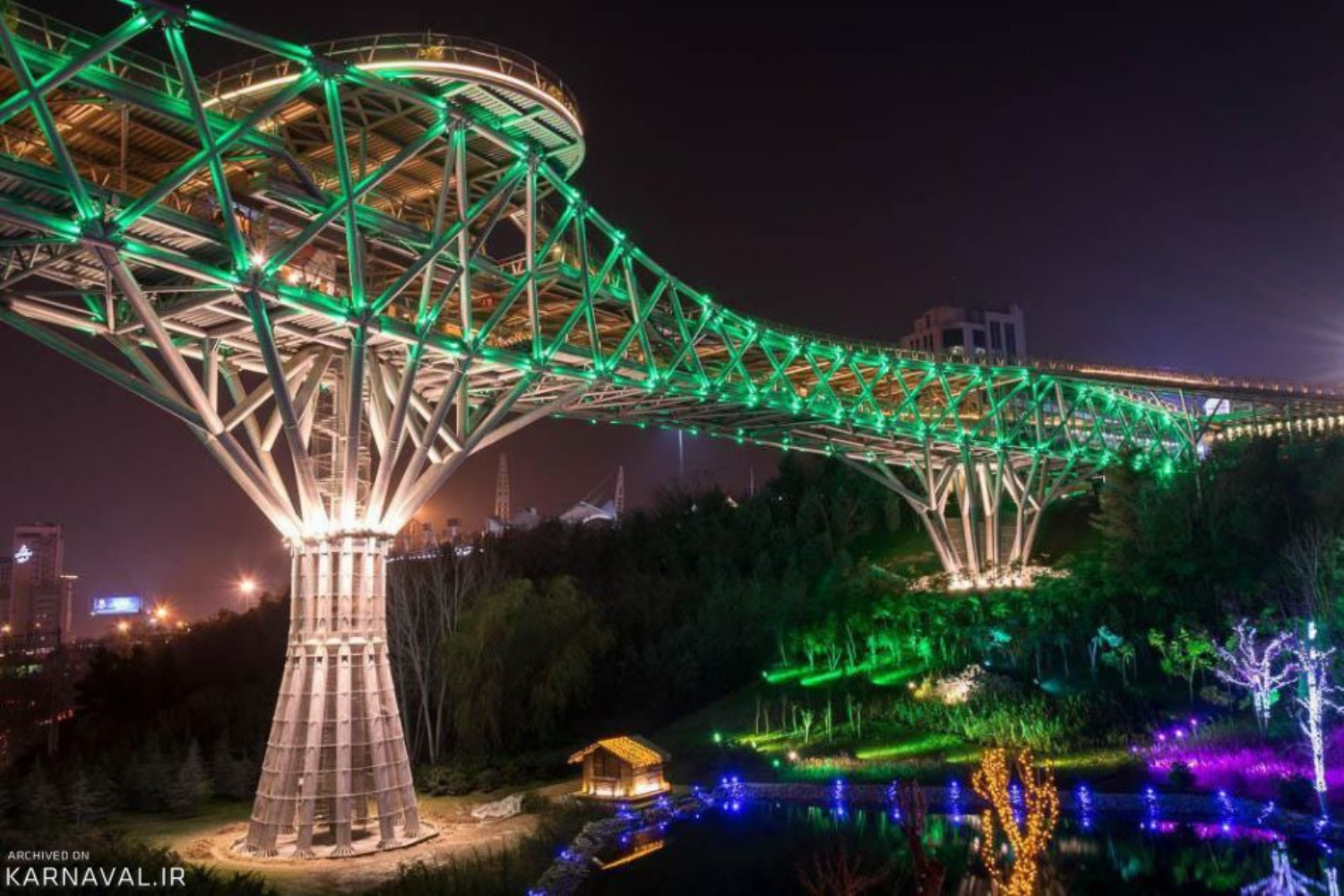
Nature Bridge

Museum of Reza Abbasi

Saad-abad Palace Complex
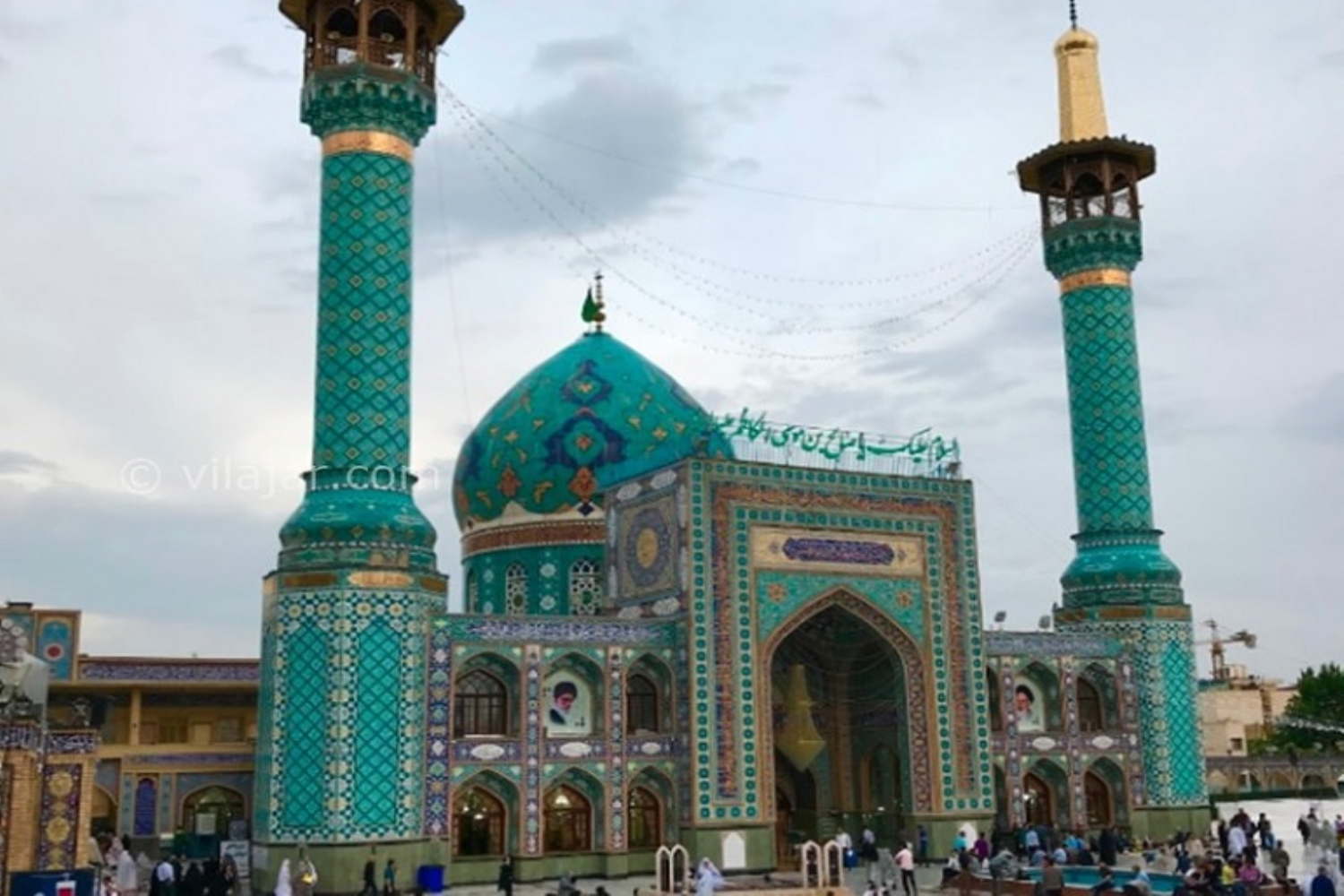
Imamzadeh Saleh

Grand Bazar of Tehran
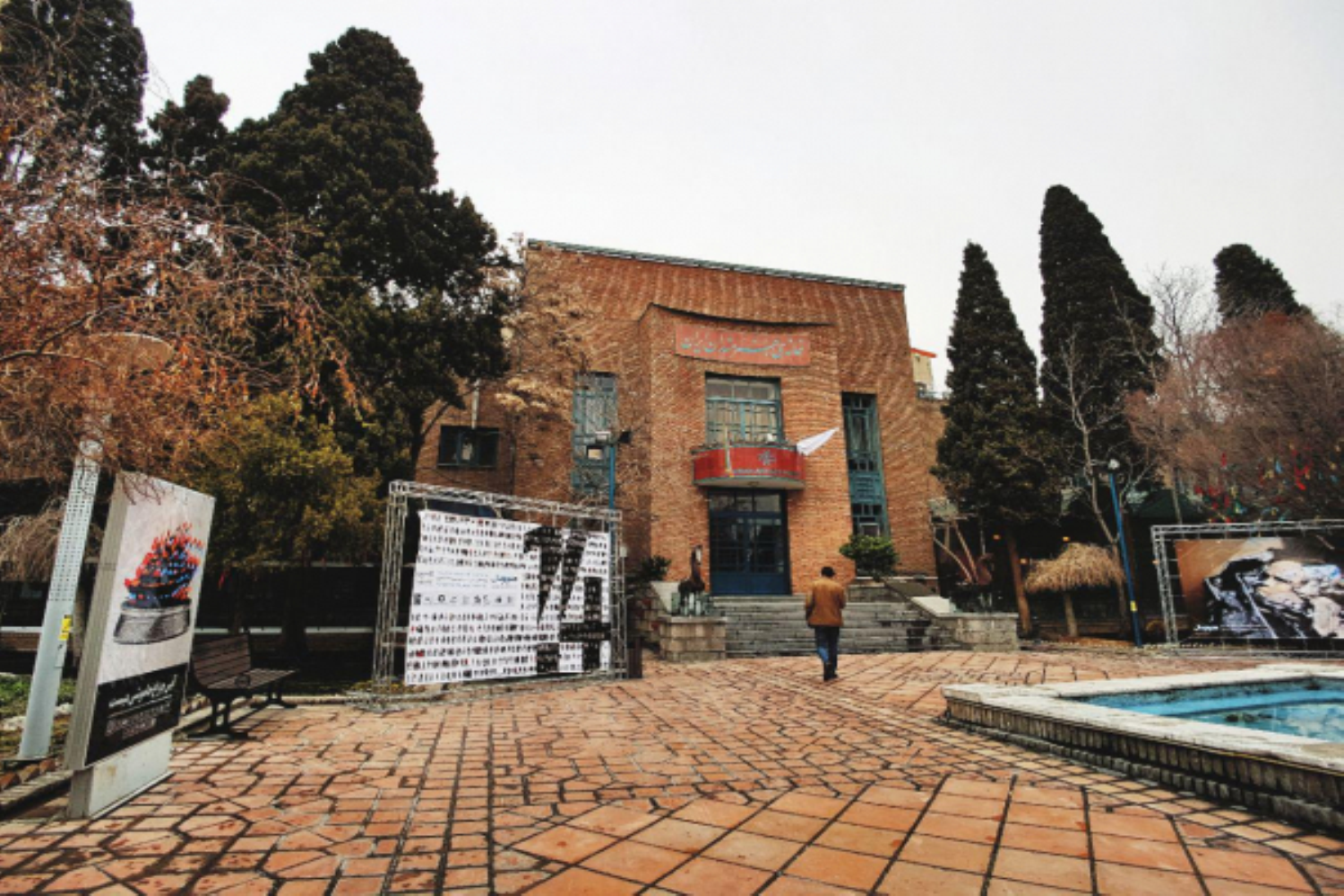
The artists house

Abgineh Museum of Tehran
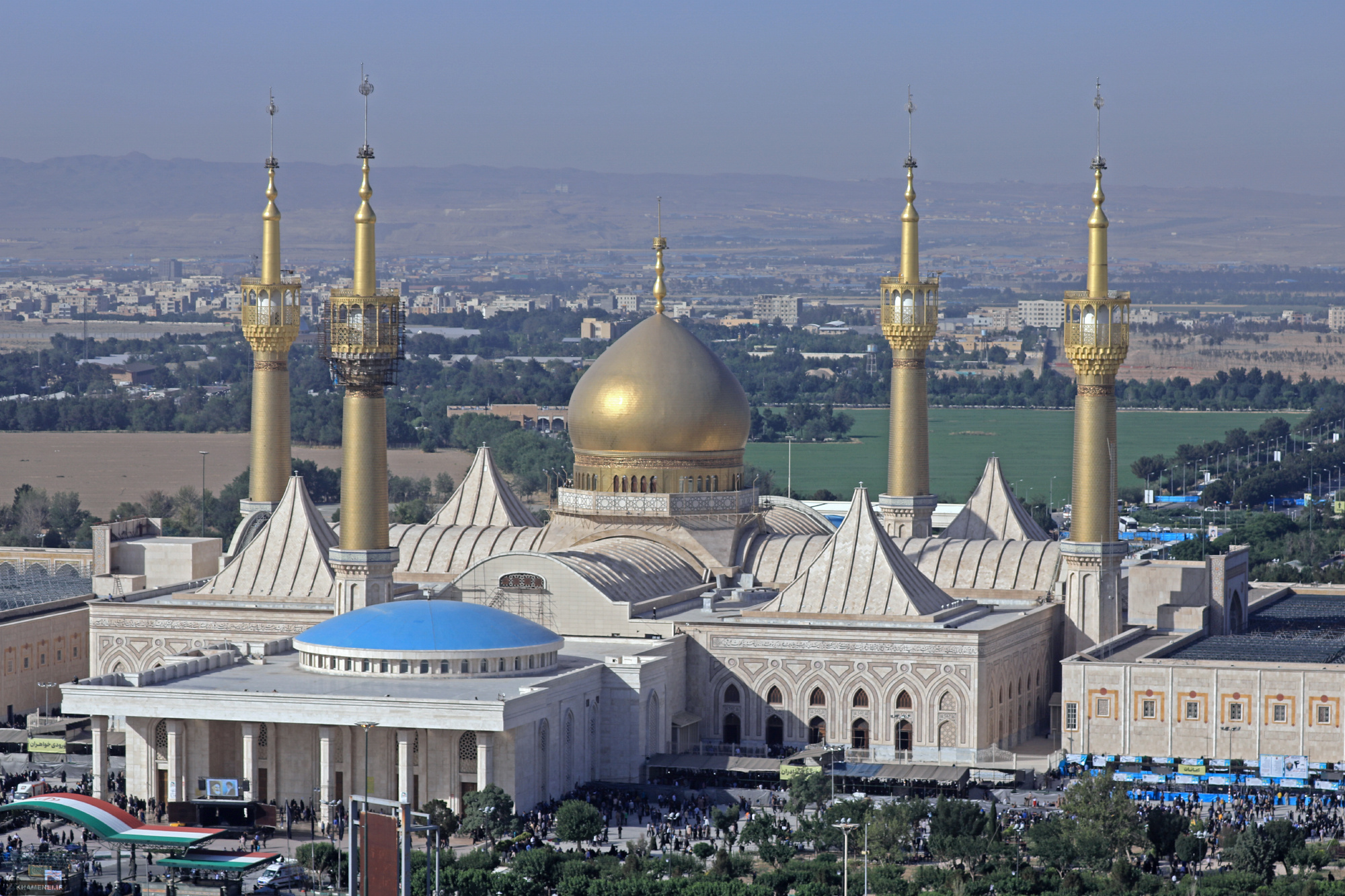
Imam Khomeyni Tomb
Holy shrine of Imam khomeini:Imam Khomeini's grave is famously cited as "the holy shrine" in Iran. The holy shrine is situated in the southern part of Tehran near the martyrs' graves in the Behesht-e-Zahra cemetery. This construction is considered as a great and unique building.
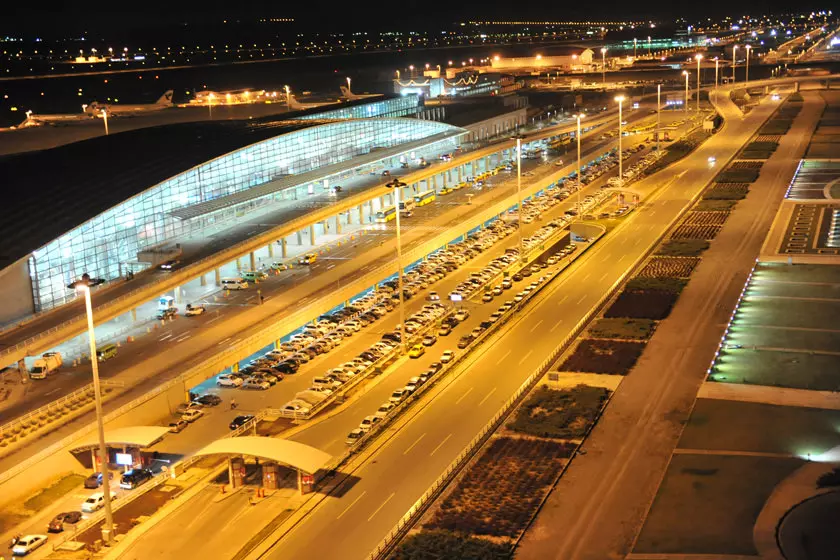
IKA-Rest and Departure
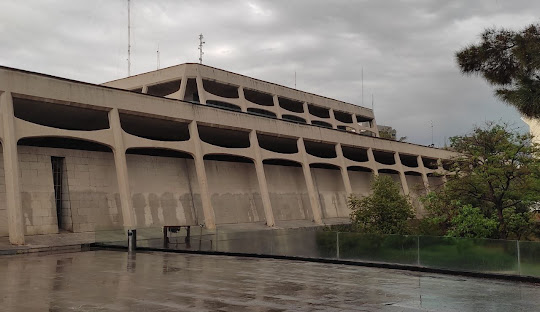
Carpet Museum
Given to the antiquity of carpet weaving in Iran which dates back to the Acheamenid dynasty the necessity of establishing a museum has been highly apparent. The Carpet Museum of Tehran was constructed in 1356 SH, Bahman 22, representing a collection of the most noble and invaluable hand woven carpets. The architecture of the museum is highly spectacular and glorious. The decorations on the external facade of the museum is exactly similar to a carpet loom. The exhibition ground of the museum includes two halls the first one has been designed for permanent exhibitions and the second floor’s hall has been dedicated to the temporary exhibitions of carpet and Kilim.